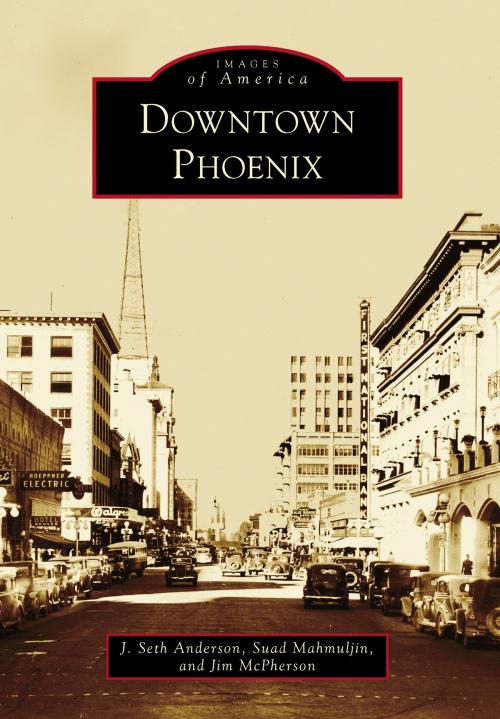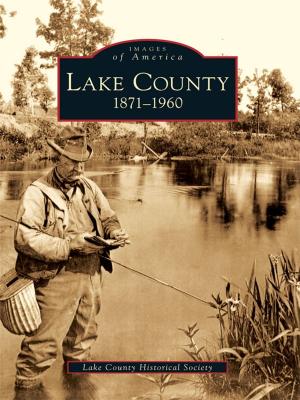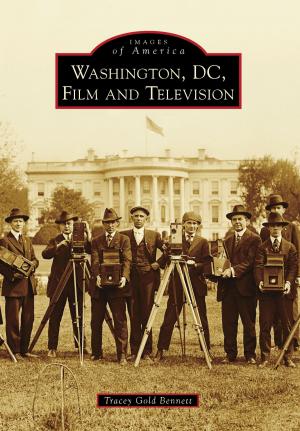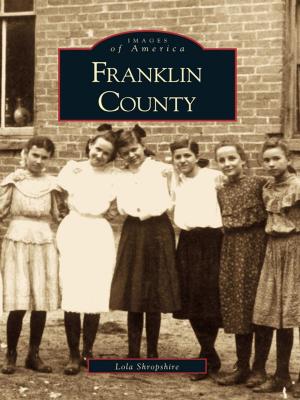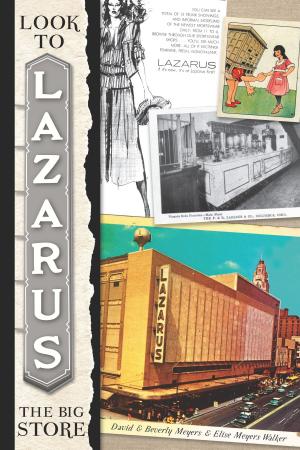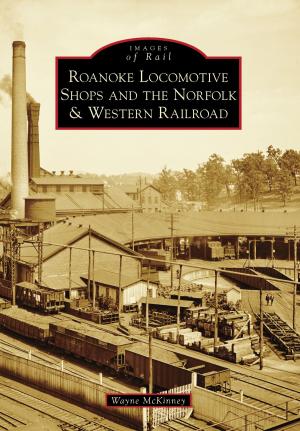| Author: | J. Seth Anderson, Jim McPherson, Suad Mahmuljin | ISBN: | 9781439649923 |
| Publisher: | Arcadia Publishing Inc. | Publication: | January 2, 2012 |
| Imprint: | Arcadia Publishing | Language: | English |
| Author: | J. Seth Anderson, Jim McPherson, Suad Mahmuljin |
| ISBN: | 9781439649923 |
| Publisher: | Arcadia Publishing Inc. |
| Publication: | January 2, 2012 |
| Imprint: | Arcadia Publishing |
| Language: | English |
On a bed of a primordial ocean floor and in a valley surrounded by jagged mountains, a city was founded atop the ruins of a vanished civilization. In 1867, former Confederate soldier Jack Swilling saw the remains of an ancient canal system and the potential for the area to blossom into a thriving agricultural center. Pioneers moved into the settlement searching for new opportunities, and on October 20, 1870, residents living in adobe structures that lined dirt streets adopted the name Phoenix, expressing the optimism of the frontier. For decades, downtown Phoenix was a dense urban core, the hub of agricultural fields, mining settlements, and military posts. Unfortunately, suburban sprawl and other social factors of the post�World War II era led to the center�s decline. With time, things changed, and now downtown Phoenix is uniquely positioned to rise again as a prominent 21st-century American city.
On a bed of a primordial ocean floor and in a valley surrounded by jagged mountains, a city was founded atop the ruins of a vanished civilization. In 1867, former Confederate soldier Jack Swilling saw the remains of an ancient canal system and the potential for the area to blossom into a thriving agricultural center. Pioneers moved into the settlement searching for new opportunities, and on October 20, 1870, residents living in adobe structures that lined dirt streets adopted the name Phoenix, expressing the optimism of the frontier. For decades, downtown Phoenix was a dense urban core, the hub of agricultural fields, mining settlements, and military posts. Unfortunately, suburban sprawl and other social factors of the post�World War II era led to the center�s decline. With time, things changed, and now downtown Phoenix is uniquely positioned to rise again as a prominent 21st-century American city.
